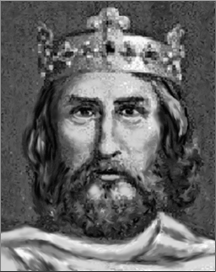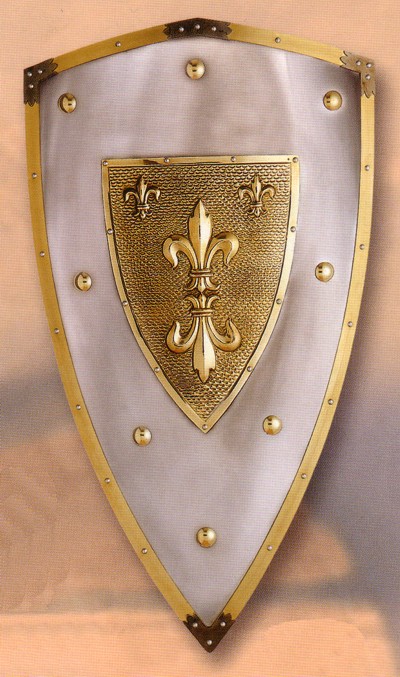 Age of Charlemagne
Age of Charlemagne


- 751
- Charlemagne's father Pepin is declared king, beginning what would later
be called the Carolingian dynasty
- 768
- Upon the death of Pepin, the Kingdom of Francia is divided between
Charles and his brother Carloman
- 771
- Carloman dies; Charles becomes sole ruler
- 772
- Charlemagne makes his first raid on the Saxons, which is a success; but
this was just the beginning of an extended struggle against the
decentralized pagan tribes
- 774
- Charlemagne conquers Lombardy and becomes King of the Lombards
- 777
- Construction on a palace in Aachen begins
- 778
- An unsuccessful siege of Saragossa, Spain, is followed by an ambush of
Charlemagne's retreating army by the Basques at Roncesvalles (Song of
Roland)
- 781
- Charles makes a pilgrimage to Rome and has his son, Pepin proclaimed
King of Italy; here he meets Alcuin, who agrees to come to Charlemagne's
court

- 782
- In response to recent attacks by Saxon leader Widukind, Charlemagne
reportedly has 4,500 Saxon prisoners executed en masse
- 787
- Charles launches his educational plan by ordering bishops and abbots to
open schools near their churches and monasteries
- 788
- Charlemagne takes control of Bavaria, bringing all the territory of the
Germanic tribes into one political unit
- 791-796
- Charlemagne conducts a series of campaigns against the Avars
- 796
- Construction on the cathedral in Aachen begins
- 799
- Pope Leo III is attacked in the streets of Rome and flees to Charlemagne
for protection. The king gets him safely back to Rome
- 800
- Charlemagne comes to Rome to oversee a synod where Leo clears himself of the charges laid on him by his enemies. At Christamas mass, Leo crowns Charlemagne
emperor
- 804
- The Saxon wars finally come to an end
- 812
- Byzantine emperor Michael I acknowledges Charlemagne as emperor, though not as "Roman" emperor, providing official power to the power Carles already
wielded in fact
- 813
- Charles delegates imperial power to Louis, his last surviving legitimate son
- 814
- Charlemagne dies in Aachen



